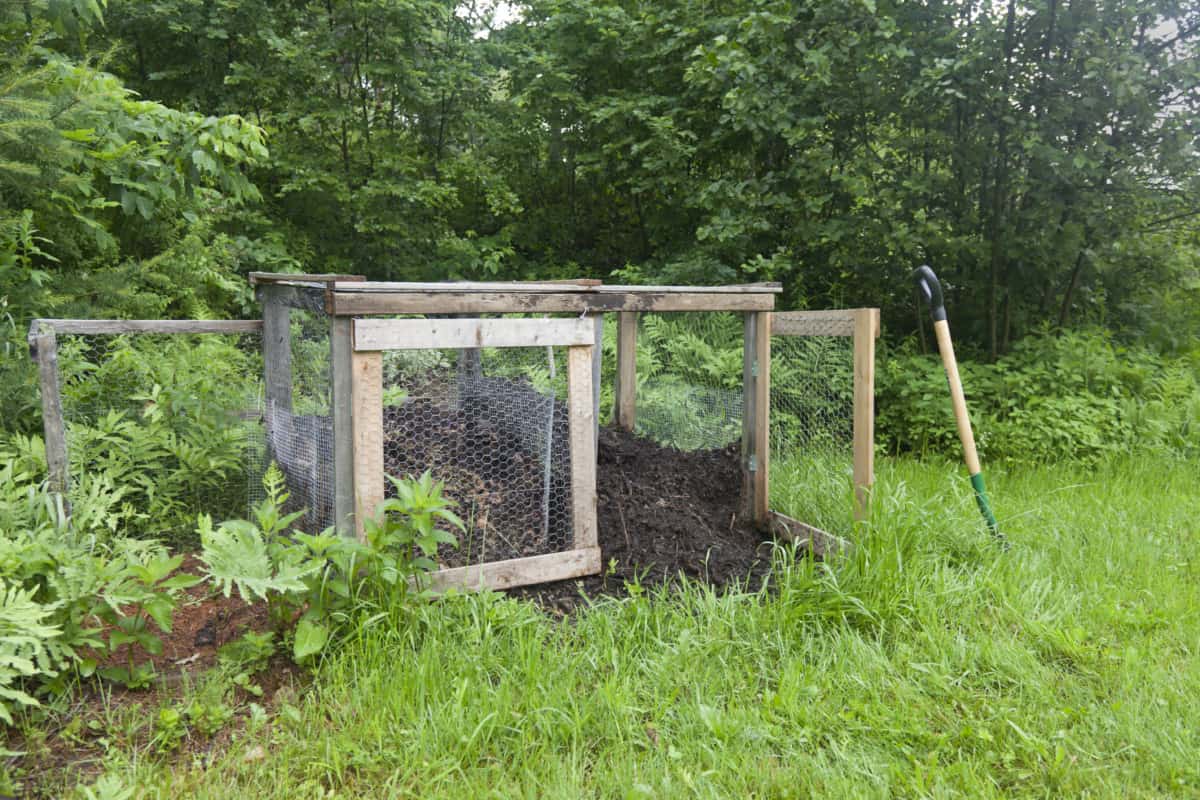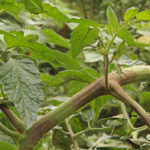
Composting is a natural process that converts organic waste into a nutrient-dense soil amendment, suitable for enriching garden beds and promoting healthy plant growth.
This environmentally friendly practice offers a dual benefit, as it reduces waste output while simultaneously enhancing soil health and fertility.
By grasping the fundamental principles of composting, selecting the appropriate materials, and adhering to simple guidelines, individuals can establish a thriving compost pile that will have a positive impact on their garden and the environment.
Key Takeaways
- Composting turns scraps into nutrient-rich soil for gardening
- Understanding the basics of composting is essential for success
- Choosing the right materials is crucial for effective composting
- The science behind composting involves the breakdown of organic matter
- Tips for creating a successful compost pile include proper layering and aeration
Understanding the Basics of Composting
The Science Behind Composting
This process requires the right balance of carbon and nitrogen, as well as air and moisture, to create the ideal conditions for decomposition. By providing the right environment for these microorganisms to thrive, composting can be a simple and effective way to reduce waste and create valuable soil amendments.
Composting on Any Scale
Composting can be done on a small scale in a backyard or on a larger scale at a community garden or farm. Regardless of the scale, the basic principles of composting remain the same.
Creating Nutrient-Rich Compost
By layering organic materials, providing adequate aeration and moisture, and turning the pile regularly, anyone can create nutrient-rich compost that will benefit their garden and the environment.
Choosing the Right Materials for Composting
When it comes to composting, not all organic materials are created equal. Some materials, such as fruit and vegetable scraps, coffee grounds, and yard waste, are ideal for composting because they are high in nitrogen and break down quickly. Other materials, such as meat, dairy, and oily foods, should be avoided as they can attract pests and create unpleasant odors.
It’s important to choose the right mix of materials to create a balanced compost pile that will break down efficiently and produce high-quality compost. In addition to food scraps and yard waste, other materials that can be added to a compost pile include shredded paper, cardboard, and leaves.
These materials provide carbon, which is essential for creating the right balance of carbon and nitrogen in the compost pile.
By mixing these materials together in the right proportions, anyone can create a successful compost pile that will produce nutrient-rich soil amendments for their garden.
The Science Behind Composting: How It Works
| Compost Ingredients | Ratio |
|---|---|
| Green materials (grass clippings, fruit and vegetable scraps) | 1 part |
| Brown materials (dried leaves, straw, paper) | 2 parts |
| Water | As needed to keep the pile moist |
| Air | Regular turning or aerating |
| Time to mature | 2-6 months |
Composting is a complex biological process that involves the breakdown of organic materials by microorganisms such as bacteria, fungi, and insects. These microorganisms feed on the organic matter in the compost pile, breaking it down into simpler compounds that can be used by plants as nutrients.
This process requires the right balance of carbon and nitrogen, as well as air and moisture, to create the ideal conditions for decomposition.
The carbon-to-nitrogen ratio is an important factor in the composting process. Materials high in carbon, such as leaves and shredded paper, provide energy for the microorganisms, while materials high in nitrogen, such as food scraps and grass clippings, provide protein for growth and reproduction.
By providing the right mix of carbon-rich and nitrogen-rich materials, as well as adequate aeration and moisture, anyone can create a successful compost pile that will produce high-quality compost for their garden.
Tips for Creating a Successful Compost Pile
Creating a successful compost pile requires attention to detail and a basic understanding of the biological processes involved. To create a successful compost pile, it’s important to start with the right mix of carbon-rich and nitrogen-rich materials. This can be achieved by layering food scraps, yard waste, and other organic materials in the right proportions.
It’s also important to provide adequate aeration and moisture by turning the pile regularly and keeping it moist but not waterlogged. In addition to providing the right mix of materials and maintaining proper aeration and moisture levels, it’s also important to monitor the temperature of the compost pile.
As microorganisms break down organic matter, they generate heat, which is an important part of the composting process.
By monitoring the temperature of the compost pile and adjusting the mix of materials as needed, anyone can create a successful compost pile that will produce high-quality compost for their garden.
Using Compost to Enrich Your Garden Soil
Compost is a valuable resource for enriching garden soil. It is made from organic materials such as kitchen scraps, yard waste, and manure that have decomposed into a nutrient-rich soil amendment. Adding compost to your garden soil can improve its structure, increase its ability to retain water, and provide essential nutrients for plant growth.
By incorporating compost into your garden beds, you can create a healthy and fertile environment for your plants to thrive. Additionally, using compost helps reduce the amount of organic waste that ends up in landfills, making it an environmentally friendly choice for gardeners.
Troubleshooting Common Composting Problems
While composting is a simple and effective way to reduce waste and improve soil health, it’s not without its challenges. Common problems such as odors, pests, and slow decomposition can occur if the compost pile is not properly managed.
To troubleshoot these problems, it’s important to identify the underlying causes and make adjustments as needed.
One common problem with composting is odors, which can occur if the compost pile becomes too wet or if it contains materials that are slow to break down. To prevent odors, it’s important to maintain proper aeration and moisture levels by turning the pile regularly and adding dry materials such as leaves or shredded paper.
Another common problem is pests, which can be attracted to the compost pile if it contains meat, dairy, or oily foods.
To prevent pests, it’s important to avoid adding these materials to the compost pile and to cover it with a layer of leaves or straw.
Sustainable Practices: Reducing Waste Through Composting
Composting is a sustainable practice that not only reduces waste but also helps to improve soil health and fertility. By diverting organic materials from landfills and turning them into valuable soil amendments, anyone can reduce their environmental impact while creating a valuable resource for their garden.
In addition to reducing waste, composting also helps to reduce greenhouse gas emissions by preventing organic materials from decomposing in landfills.
In addition to reducing waste and greenhouse gas emissions, composting also helps to conserve natural resources by reducing the need for chemical fertilizers and pesticides.
By using compost to enrich garden soil, anyone can create a healthy and productive garden that will benefit from the natural benefits of compost. By embracing sustainable practices such as composting, anyone can make a positive impact on the environment while creating a healthy and productive garden.
The new marketing campaign was a huge success, exceeding our expectations in every way. Not only did it generate a significant increase in sales, but it also boosted brand awareness and customer engagement.
The creative and strategic approach taken by the marketing team truly paid off, and the positive feedback from customers and industry experts has been overwhelming. This success has set a new standard for our future marketing efforts and has solidified our position as a leader in the industry.






